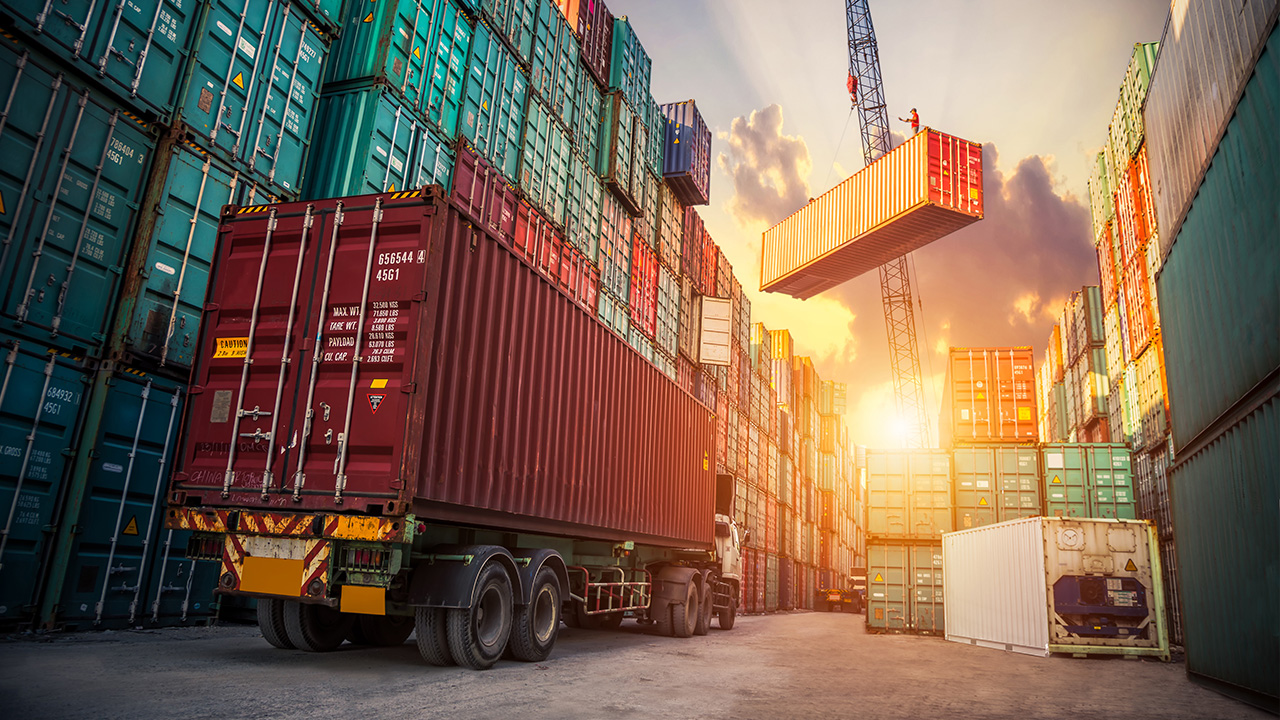Transporting cargo across a continental-wide area involves a complex logistical process that requires careful planning, coordination, and execution. Here’s a general overview of how such transport is typically managed:
- Transport Mode Selection: Choose the most appropriate mode(s) of transport based on factors such as the type of cargo, distance to be covered, urgency, cost considerations, and infrastructure availability. Options include:
- Road transport: Trucks, lorries, or vans.
- Rail transport: Freight trains.
- Air transport: Cargo planes.
- Maritime transport: Container ships or bulk carriers.
- Route Planning: Determine the optimal route considering factors such as distance, terrain, traffic conditions, border crossings, and any restrictions or regulations that may apply to certain routes or modes of transport.
- Cargo Packaging and Handling: Ensure that the cargo is properly packaged, labeled, and secured to prevent damage during transit. This may involve using pallets, crates, containers, or specialized packaging materials depending on the nature of the goods being transported.
- Documentation and Customs Clearance: Prepare all necessary documentation including bills of lading, shipping manifests, customs declarations, and any permits or licenses required for cross-border transport. Coordinate with customs authorities to facilitate smooth clearance of cargo at border crossings.
- Transportation Execution: Coordinate the movement of cargo using the chosen mode(s) of transport, including scheduling pickups, deliveries, and any intermediate stops or transfers between different modes of transport.
- Tracking and Monitoring: Implement systems for tracking the progress of cargo shipments in real-time using GPS, RFID, or other tracking technologies. This allows for proactive management of any delays or disruptions that may occur during transit.
- Risk Management: Identify and mitigate potential risks such as theft, damage, or delays by implementing security measures, insurance coverage, and contingency plans.
- Environmental Considerations: Minimize the environmental impact of cargo transport by optimizing routes, maximizing load efficiency, and using fuel-efficient vehicles or vessels where possible.
- Regulatory Compliance: Ensure compliance with relevant regulations and standards governing cargo transport, including safety regulations, environmental regulations, and international trade agreements.
- Continuous Improvement: Regularly review and optimize the cargo transport process to identify areas for improvement in terms of efficiency, cost-effectiveness, and sustainability.
By carefully managing each of these steps, cargo can be transported efficiently and reliably across a continental-wide area, facilitating trade and economic activity across regions.


